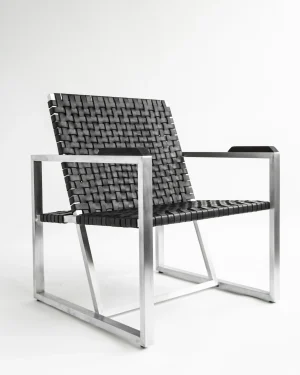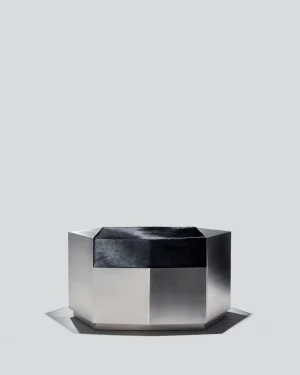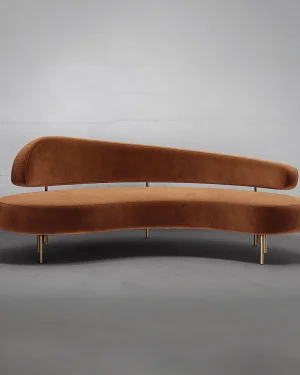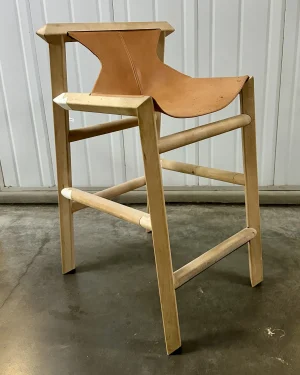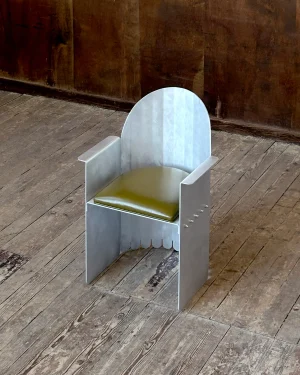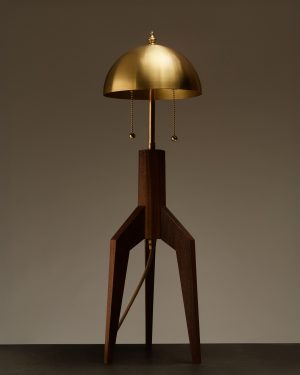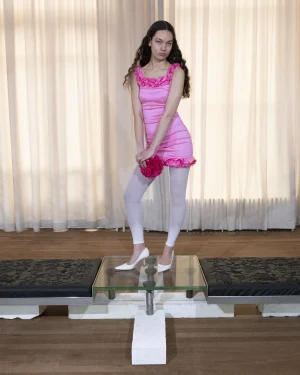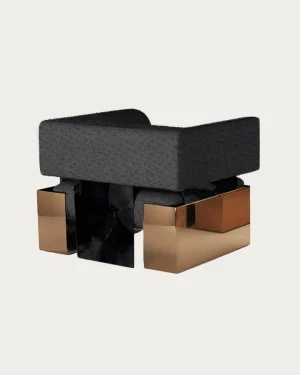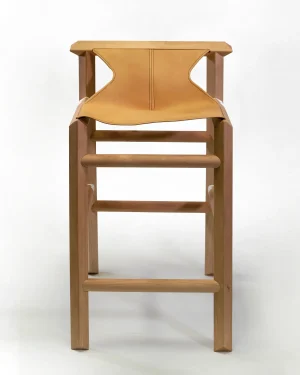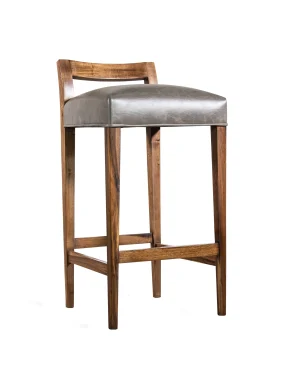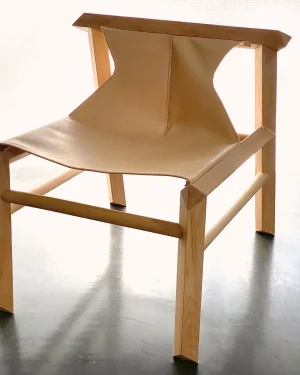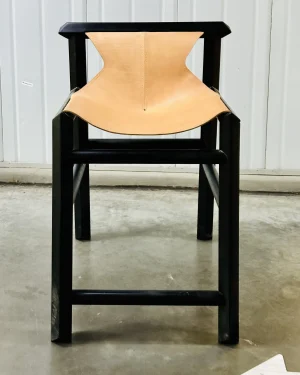Welcome to the world of Leatherwork, a craft as old as human civilization. With roots in ancient history, this material offers both durability and flexibility. Leatherwork is not just functional but is also an avenue for artistic expression.
Origins of Leatherwork
- First introduced: Prehistoric times for basic needs like clothing and storage
- Main influences: Hunter-gatherer societies, medieval craftsmen
- Originated: Global, with variations from France to Japan
- Why it emerged: Started as a need, evolved into an art form
Components and Materials
- Leather: Main material, pros are durability and flexibility, cons include cost and maintenance
- Thread: Used for stitching, varies in material and thickness
- Metal: For buckles and fasteners, durable but can rust
- Dye: Adds color, can fade over time
Techniques in Leatherwork Design
- Tooling: Carving designs into leather for decoration
- Stitching: Joining pieces together, choice of stitch affects strength and look
- Stamping: Imprints patterns, used for mass production
- Coloring: Using dyes or colors to enhance aesthetic appeal
Current Uses of Leatherwork
- Lighting: Leather lampshades and fixtures
- Furniture: Sofas, chairs, and other seating
- Decor: Wall hangings, ornaments
Notable Leatherwork Artists
- John Doe: Famous for intricate wallets
- Jane Smith: Known for leather sculptures
- Emily Johnson: Specializes in leather lighting fixtures
- Mark Brown: Creates unique leather furniture
- Lisa White: Notable for colorful leather decor
The Essence of Leatherwork
Leatherwork is a craft that has stood the test of time, evolving from a survival necessity to an art form. It draws influences from various cultures and periods, making it a truly global craft.
The choice of materials and techniques varies, affecting both functionality and aesthetics. From the use of leather and thread to tooling and stitching, each component and technique serves a specific purpose.
In today's world, leatherwork serves various uses, extending from functional pieces like furniture and lighting to decorative art. It's a discipline that offers a wide range of possibilities.
The field is also rich with talented artists who push the boundaries of what can be achieved with leather. Their works vary in form and function, yet all embody the essence of this age-old craft.
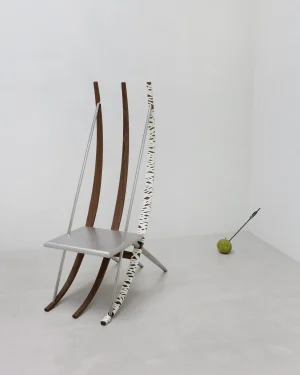 In stock
In stock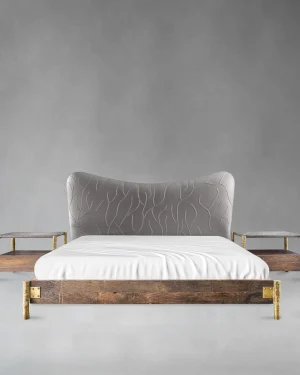
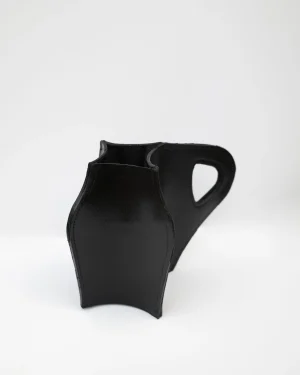 In stock
In stock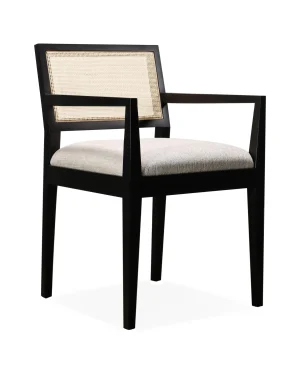
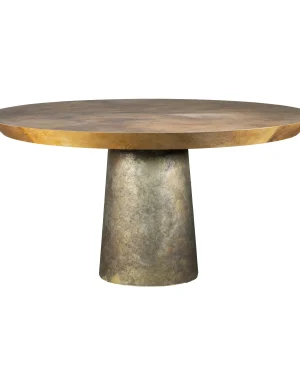 In stock
In stock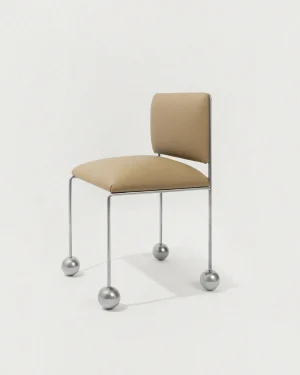 Free shipping
Free shipping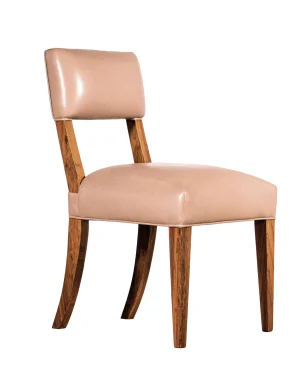
 Free shipping
Free shipping In stock
In stock
 In stock
In stock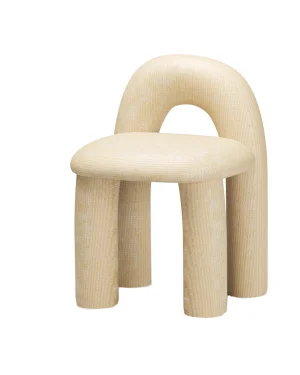
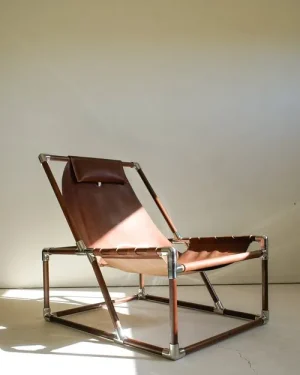
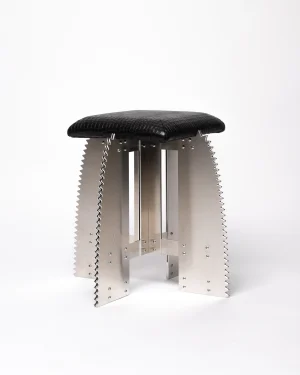 Free shipping
Free shipping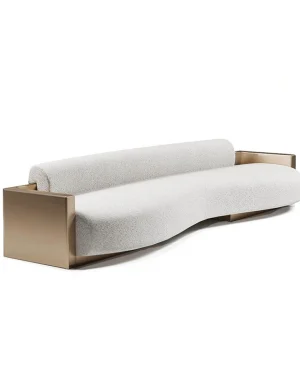

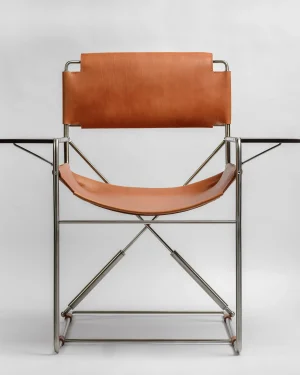 Free shipping
Free shipping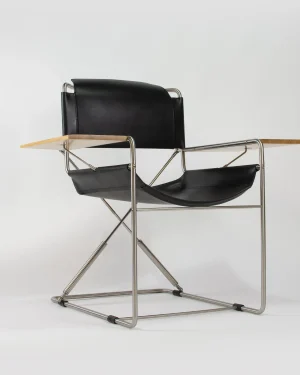
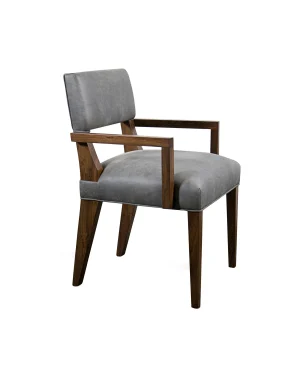 In stock
In stock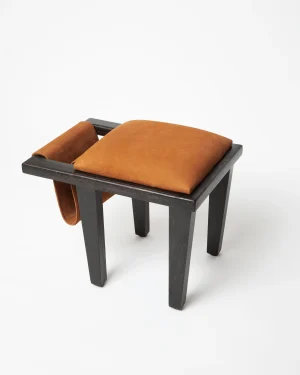
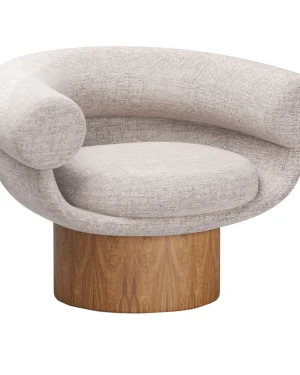
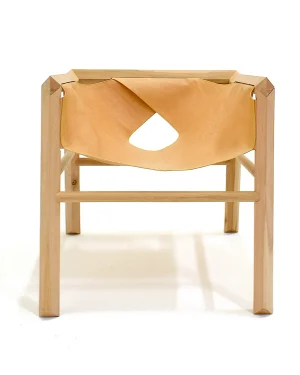
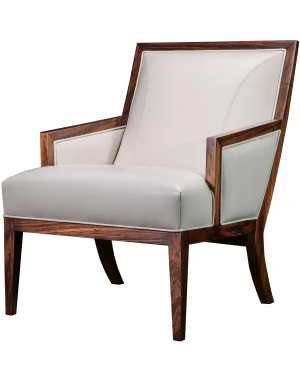
 Free shipping
Free shipping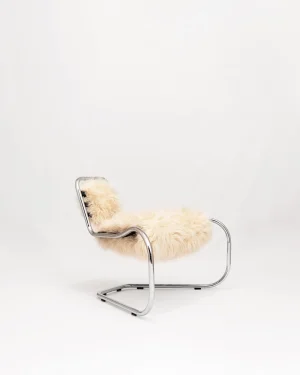
 In stock
In stock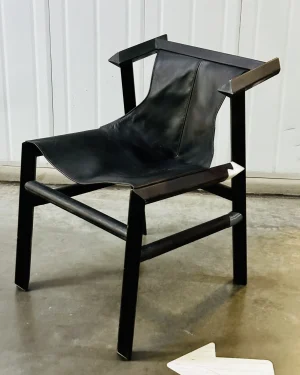 In stock
In stock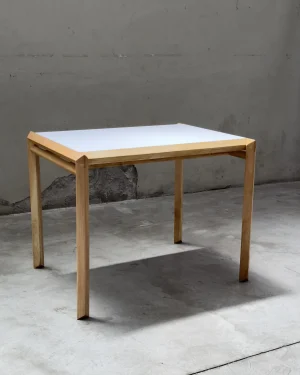
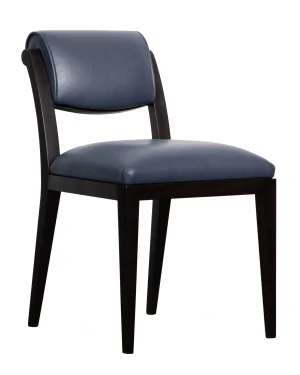 In stock
In stock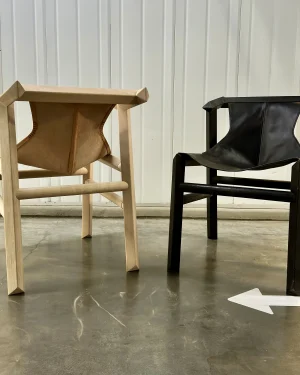 In stock
In stock
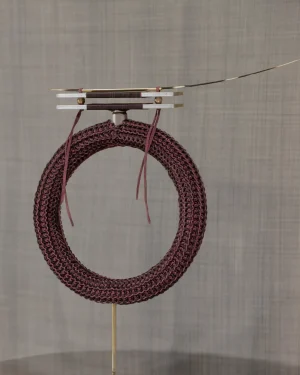 In stock
In stock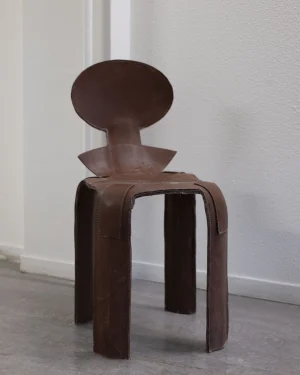 In stock
In stock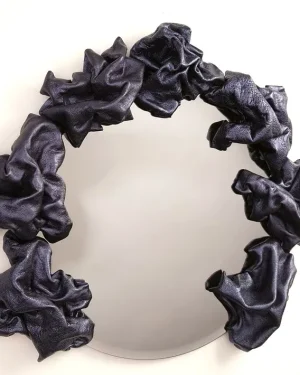 In stock
In stock